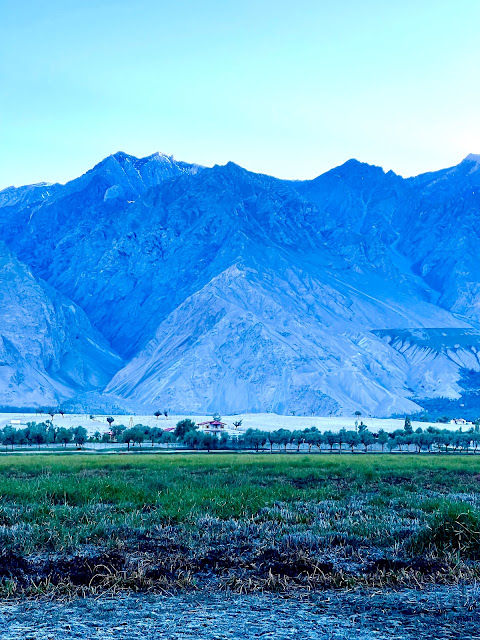The region is home to some of the highest peaks in the world, including K2, the second-highest mountain on Earth. The Karakoram, Himalayan, and Hindu Kush mountain ranges all converge in Gilgit-Baltistan, making it a paradise for mountaineers, trekkers, and adventure seekers. The region is also home to several glaciers, including the Baltoro Glacier, which is one of the longest glaciers outside the polar regions.
Gilgit-Baltistan is a culturally diverse region, with a population consisting of various ethnic groups, including Shina, Balti, Burusho, and Wakhi. Each group has its own distinct language, traditions, and customs, adding to the region's cultural richness. The people of Gilgit-Baltistan are known for their hospitality and warmth towards visitors.
The region has a significant historical and strategic importance. It served as a vital trade route between Central Asia and South Asia, connecting the Silk Road with the Indian subcontinent. Throughout history, it has been ruled by various empires and dynasties, including the Maurya Empire, Kushan Empire, Tibetan Empire, and various Muslim dynasties. The region was also a part of the ancient Silk Route, facilitating trade and cultural exchange between different civilizations.
Gilgit-Baltistan offers numerous attractions for tourists. The Hunza Valley, known for its picturesque landscapes, terraced fields, and traditional stone houses, is a popular destination. The Skardu Valley, located at the confluence of the Indus and Shigar rivers, is another must-visit place, offering stunning views of the surrounding mountains and lakes. The Deosai National Park, often referred to as the "Roof of the World," is a high-altitude plateau known for its diverse flora and fauna, including the Himalayan brown bear.
The region also has a rich architectural heritage, with various forts, palaces, and mosques dating back centuries. The Baltit Fort in Karimabad and the Altit Fort in Altit Village are notable examples of the region's historical architecture.
In recent years, efforts have been made to promote tourism in Gilgit-Baltistan, leading to improved infrastructure, better road connectivity, and the establishment of hotels and guesthouses. However, the region still faces challenges in terms of accessibility, especially during the harsh winter months when many areas become cut off due to heavy snowfall.
Overall, Gilgit-Baltistan is a region of immense natural beauty, cultural diversity, and historical significance. It offers a unique experience for those seeking adventure, tranquility, and a glimpse into the region's rich heritage.









0 Comments